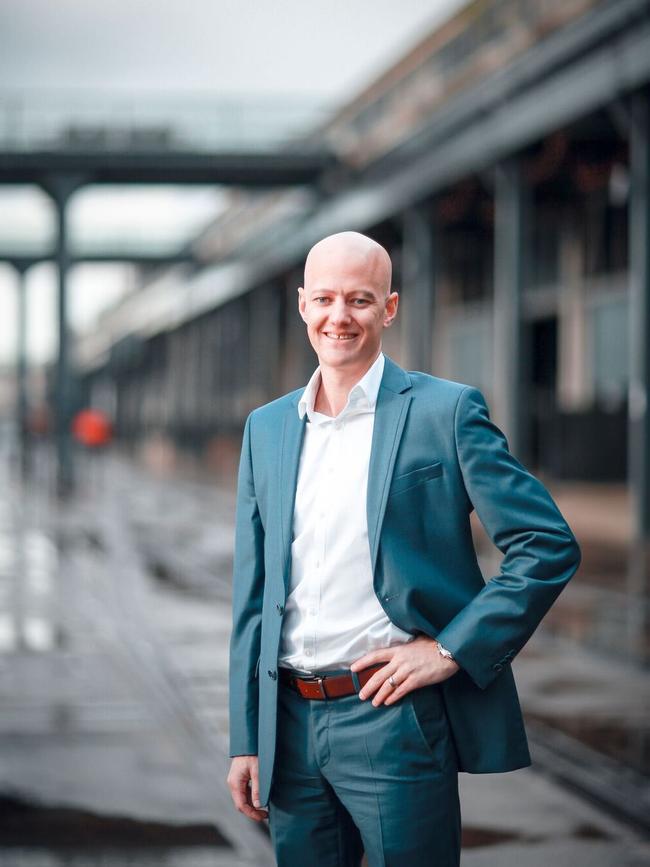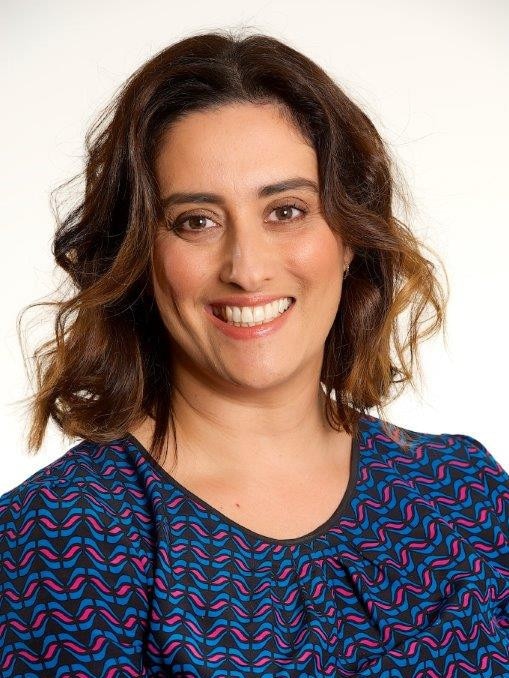‘More closures to come’: What next for food delivery apps?
Deliveroo’s swift and sudden collapse raises significant questions for others like Uber Eats and DoorDash, in a sector built on cheap labour and venture capital funding.
Business
Don't miss out on the headlines from Business. Followed categories will be added to My News.
Deliveroo’s swift and sudden collapse raises significant questions for remaining players like Uber Eats and DoorDash, in a sector that has been marked by opaque economics, cheap labour and business models propped up by billions in venture capital funding.
Deliveroo's drivers and customers were left stranded on Wednesday when the company announced it had entered voluntary administration, switching off its app and immediately ceasing food deliveries after seven years in the Australian market.
“Deliveroo was unable to achieve sufficient market share in Australia to develop a sustainable business. To do so would require significant ongoing investment in the Australian market,” administrator Michael Korda said on Wednesday.
The Transport Workers Union has sought an urgent meeting with the administrators, stressing that riders are devastated over the sudden loss of their jobs. “Transport workers were hit first and hardest by the gig tsunami and are now being left high and dry by Deliveroo at the first indication that it can’t rely on exploitation to make profits,” TWU national secretary Michael Kaine said.
The demise came just days after the abrupt closure of grocery delivery app Voly, which raised $18m in venture capital funding at the end of last year, before displaying a “closed until further notice” message to its users last Friday. Its social media accounts have also been shuttered.
Rival grocery delivery app SEND meanwhile fell into voluntary administration less than 12 months after launching, closing in May after burning through $11m in investor cash in just eight months.
What Voly, SEND and now Deliveroo all have in common is that they all operated on the basis of raising investor money, rather than building sustainable businesses, according to Steve Orenstein, the founder and chief executive of ASX-listed delivery platform Zoom2u. Each of those companies had subsidised their deliveries with venture capital funding and burned through cash, he said.
“Winging it like this isn’t sustainable, it’s dangerous and catastrophic for all involved when the fuel eventually runs out,” Mr Orenstein said. “Businesses with this approach are now no longer able to raise money, and are inevitably forced to close.”
Shiny marketing is no match for sound financials, the executive said.

“Deliveroo was operating a business that was likely either making a loss per trip, or a very small margin – not enough to operate,” he said. “Add to the mix some serious market competition, changes to investor funding and negative attention on their employment model, and the outcome is dire. Sadly, there will be more closures to come.
“Deliveroo is not alone with this failed structure, including Send which closed in May, Voly’s silent folding earlier this week and even Milkrun, who claim to be thriving, are all examples of businesses who haven’t fully thought through the logistics of how that business will make money. Rising costs aside, this fate is unavoidable with a faulty business model.”
Companies like Deliveroo and Voly have spent too much on competing with each other, on claiming the most suburbs or raising the most capital, rather than focusing on building a sustainable business, Mr Orenstein said.
“The reason that Uber has not yet met this fate is because they make money, they take a large percentage of each transaction and food cost. What may happen as a result of this is that, until challenged, UberEats may operate in a vacuum and the monopoly will see food delivery costs eat further into restaurant profits.”
As The Australian reported in 2020, Uber charges restaurants a 30 per cent fee, which it trimmed from 35 per cent after widespread criticism from the hospitality industry. Uber announced in February its Eats units had turned profitable for the first time.
Representatives from Uber declined to comment.
DoorDash Australia’s general manager Rebecca Burrows said her business is contacting restaurants and retailers who have lost business overnight through Deliveroo’s closure.

“This is a difficult time for Deliveroo‘s team, partners and riders, however we know there is plenty of opportunity in Australia, too,” she said. ”We encourage drivers and riders who have been impacted to sign up with DoorDash through our streamlined onboarding process to get you back up and earning as soon as possible.
“Having arrived in the market in 2019, DoorDash is operating from a strong position and is now reaching over 80 per cent of the Australian population and operating in all states and territories.”
A Menulog spokeswoman told The Australian that Menulog is the only Australian-born on-demand food delivery service, and has been operating locally for over 16 years. She said Menulog is expediting a process to on-board affected Deliveroo riders.
“Our long heritage in Australia means we have had the opportunity to scale to the widest geographical footprint in the country, supporting a range of both independent and branded restaurants across metro, suburban and regional areas. Menulog delivery covers 93 per cent of the addressable population,” the spokeswoman said.
“Menulog has an extensive contract courier network across the country as well as being the only platform in Australia to offer employment to couriers in select suburbs of Sydney.
“As with most platforms, Menulog underwent significant growth during the pandemic and we were in a strong position to meet the needs of restaurant partners, couriers and customers. There’s no denying that the world has since changed and all businesses around the world are operating in a challenging economic environment. Menulog isn’t immune to that and we operate our business accordingly, but we have the scale to maintain a strong position in the market.”
In June, grocery delivery start-up Milkrun ditched its promise of 10 minute deliveries, amid claims it was losing more than $10 per order. CEO Dany Milham sent an email to customers apologising if they had felt let down by its service, amid delays and cancelled orders. The start-up has been backed by Atlassian co-founders Mike Cannon-Brookes and Scott Farquhar, and this year raised $75m in capital from venture capital funds including Tiger Global Management and AirTree Ventures.
“There are multiple operators in food delivery who have proved that Australia can be a profitable market and that cities like Sydney and Melbourne can perform in line with, if not ahead of, major cities globally,” Mr Milham told The Australian.

“This week’s announcements do not impact or influence the confidence we have in our outlook for Milkrun. We continue to grow and attract new customers, our individual hubs and stores have started to be profitable (earlier than expected) and we are continuing to innovate based on feedback from our valued customers.”
Gig economy companies are also facing further pressure in the form of new laws to boost work security for its millions of workers, with Labor mulling changes that would extend the powers of the Fair Work Commission to include ‘employee-like’ forms of work. The Commission would be able to set minimum pay and conditions for gig workers, including that they be paid at least minimum wage.
Mr Orenstein is encouraging restaurants to start thinking about how they can run their own delivery service and engage their own fleet of drivers directly.
He said one of the biggest challenges facing the food delivery sector is that everyone wants their food delivered at certain times, for example between 6pm and 8pm at night, and the number of drivers the business needs between these times is high.
“It’s challenging to make the unit economics make sense; because those drivers would need to be subsidised for that time period,” he said. “Outside of these peak times, the driver requirements are low, and encouraging them to just drive for two hours is difficult. You have a small window with max orders … It’s hard to find that balance.”
Meanwhile, the thousands of riders across Deliveroo, Voly and Send are forced to find a new app to call home.
Originally published as ‘More closures to come’: What next for food delivery apps?



